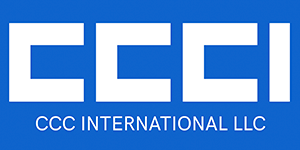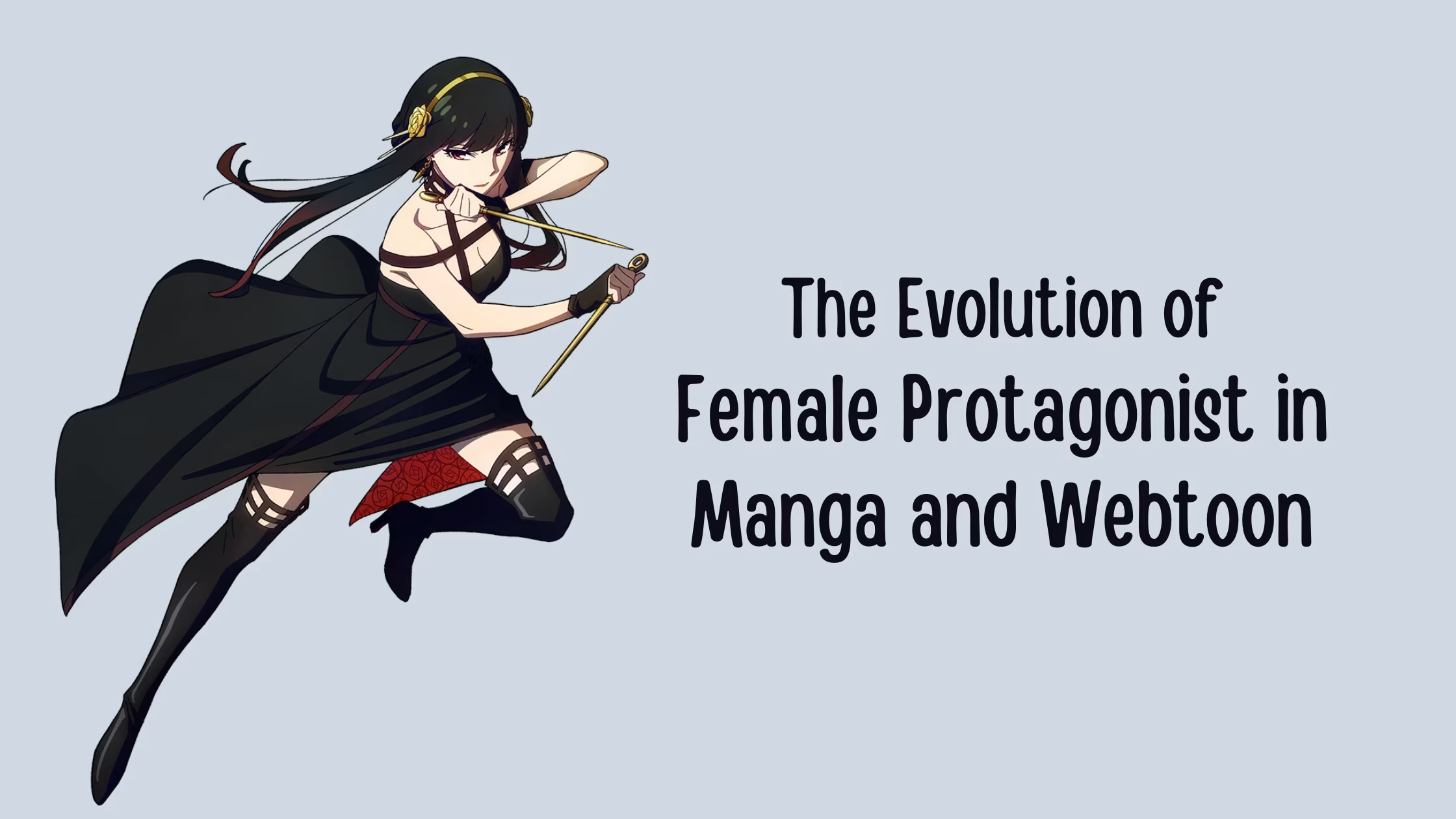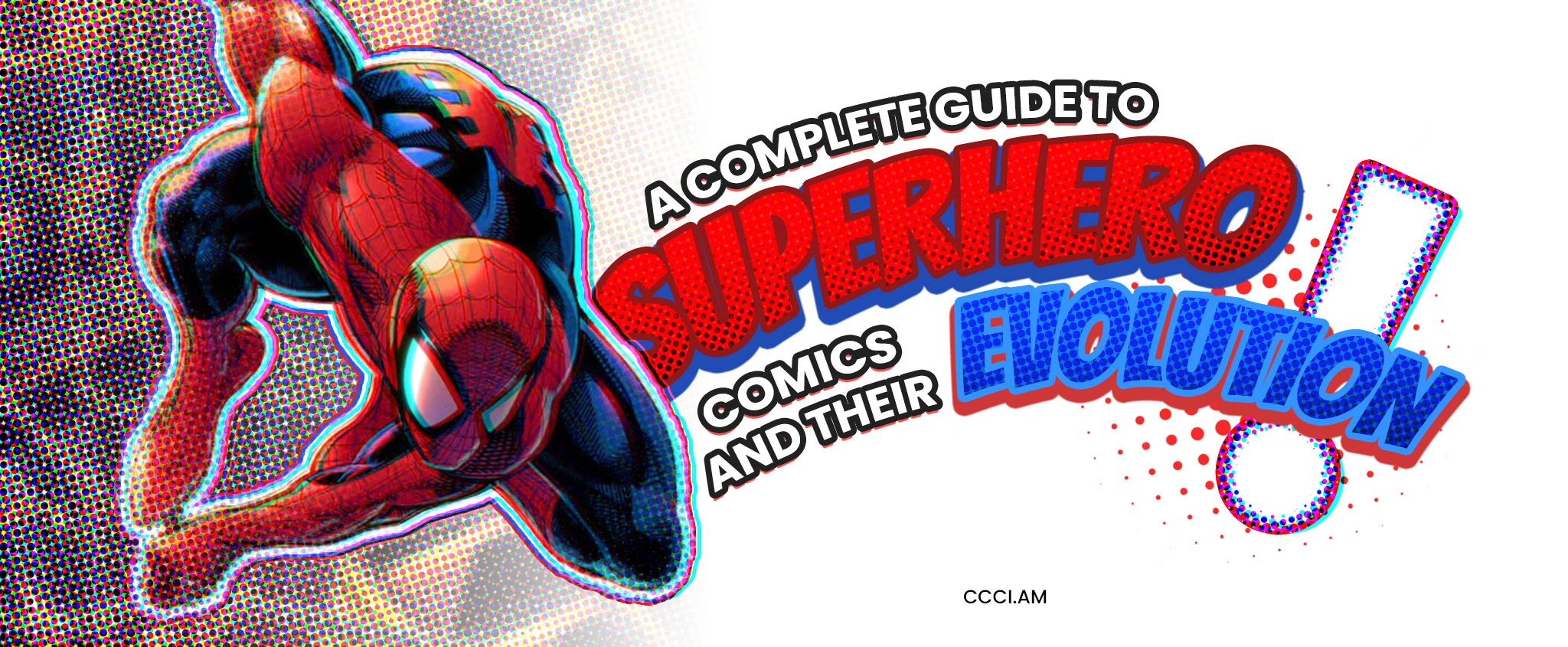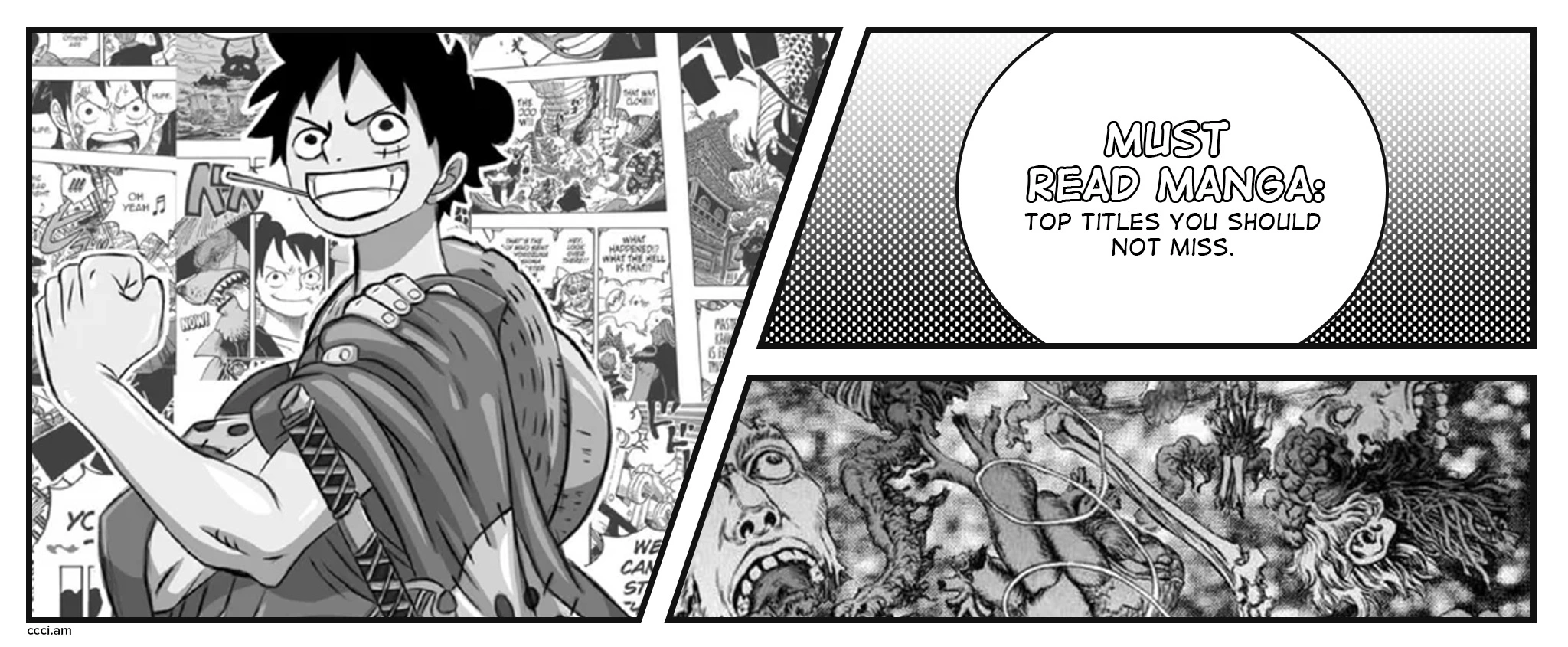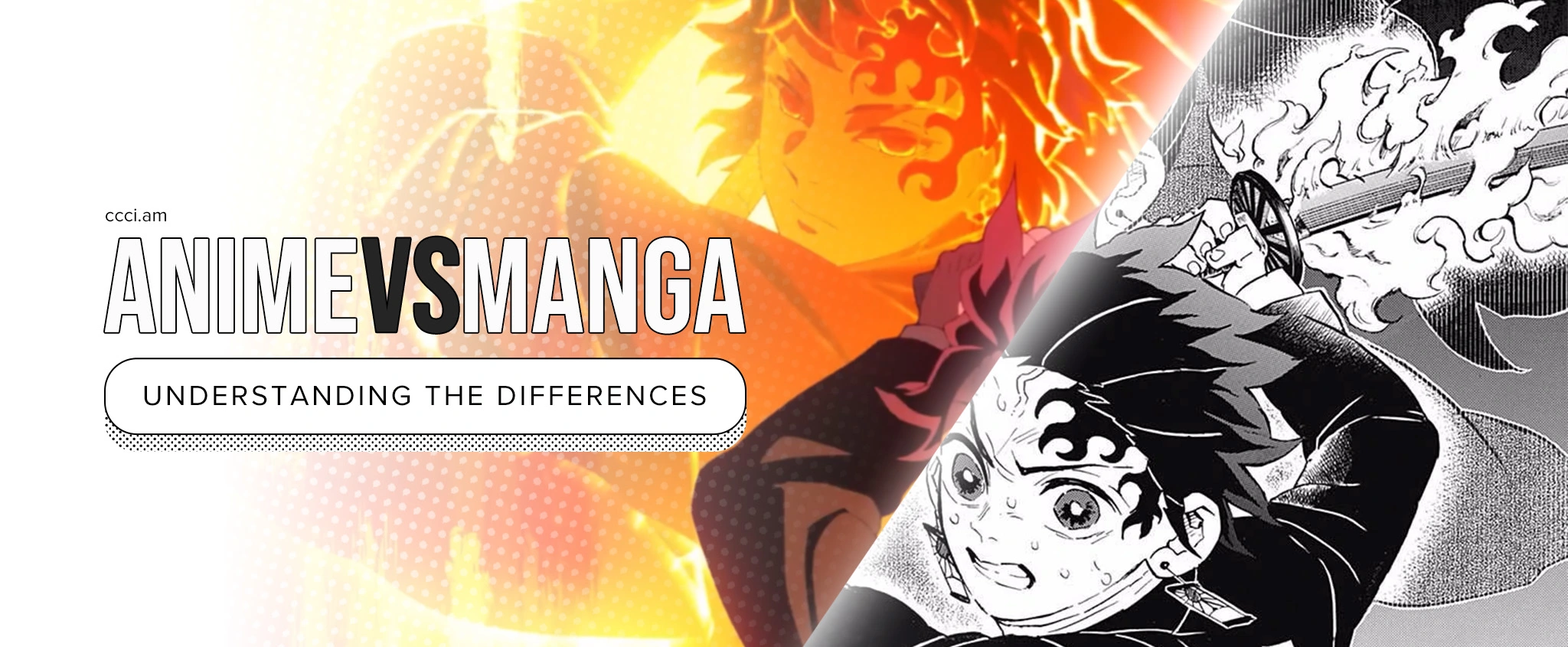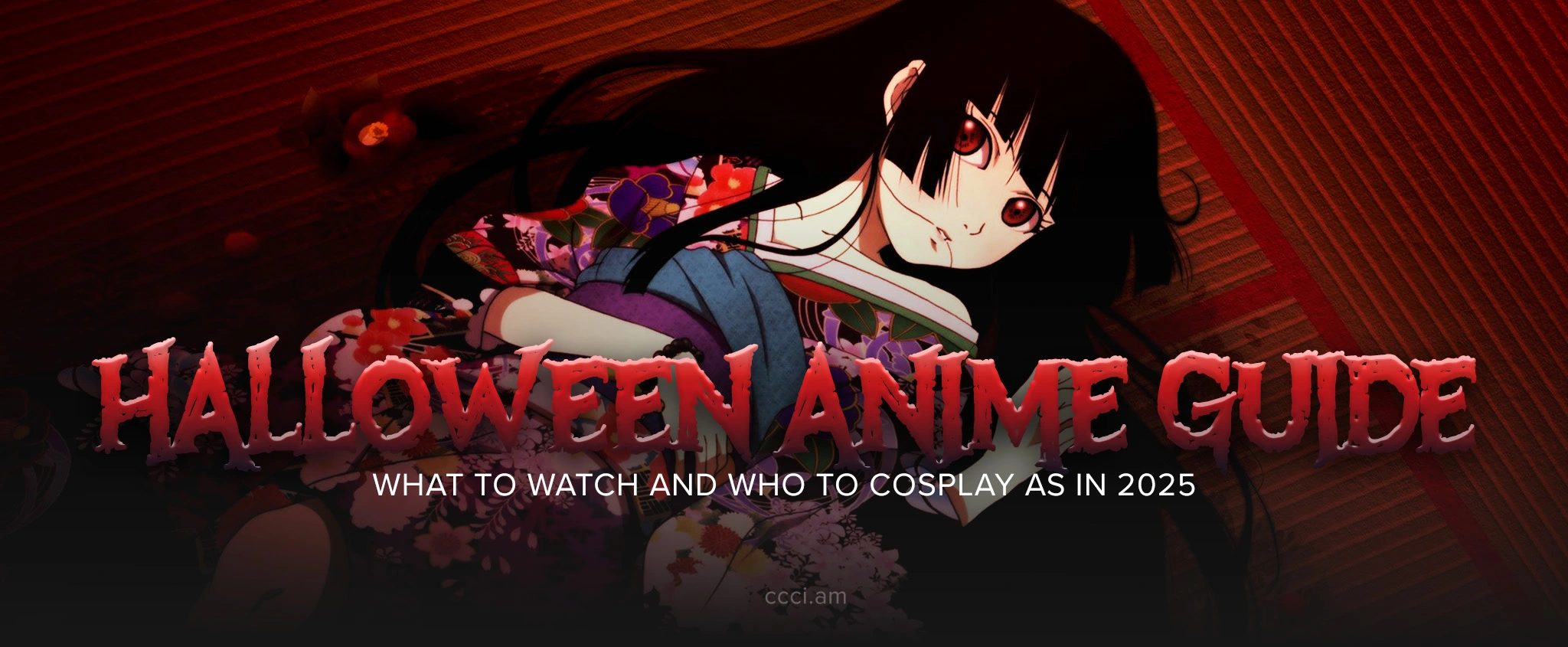The Evolution of Female Protagonists in Manga and Webtoons
Key Takeaways:
- Most female characters in early manga tend to wear fewer clothes, are ascribed to certain traditional roles, and are oftentimes reduced to characters whose personality revolves around the main male character.
- Female representation in manga nowadays is full of well-written characters, and while the usual tropes still exist, they are rather well-rounded and promise eventual character development.
- Female representation in manga creates contemporary conversations on female identity, struggles, and perseverance as individuals.
Table of Contents:
- Historical Overview: Women in Early Manga
- Modern Trends
- Cultural and Social Influence
The evolution of female protagonists in manga is one context that shows how manga and webtoons have taken the attention of mainstream audiences. Nowadays, female representation in manga has become more pronounced and three-dimensional. More titles have come out with female heroines that certainly do not need saving.
As an expert service provider in manga and comics, CCCI values effective storytelling and character-building. Today, let us look at the evolution of female characters in manga and webtoons, and how they went from secondary, plot-device characters to empowered, well-written protagonists.
Historical Overview: Women in Early Manga
Manga can be traced back to hundreds of years ago when Japanese storytelling incorporated images and pictures alongside their narratives. The manga we know today started in the final quarter of the 20th century and became globally popular in the first decades of the 21st century.
Manga and webtoons have different genres and readerships like other types of fiction. However, it can also be differentiated through its target demographics. Shonen manga caters to young boys, seinen caters to older men, shojo caters to young girls, and josei caters to older women. With anime becoming more popular and manga taking the mainstream stage, these four genres are enjoyed by various audiences and are not only limited to their demographics.
Women Characters in Early Manga
One glaring characteristic is the portrayal of female protagonists in manga and webtoons. They tend to wear fewer clothes, are ascribed to certain traditional roles, and are oftentimes reduced to a character whose only personality revolves around the main male character. Without the aid of the male character, they may end up dead or useless.
In earlier manga, women are often boxed up in the concept of being a damsel-in-distress. Berserk’s Charlotte is an example of this category, where as a sheltered princess, she cannot do anything but be constantly saved. Naruto’s Sakura and Hinata and Inuyasha’s Kagome are strong female manga characters, but while there’s an attempt at development, they still end up helpless and require salvation from their heroes.
However, as modern writing influences manga and webtoons, these flat characters become more dynamic and complex, earning their own goals to accomplish and develop. Presently, some of the earlier manga are still ongoing. We often see nowadays how women in manga become characters of their own, outside the shadows of equivalent male characters.
Modern Trends
Modern Characteristics of Women in Manga
Female representation in manga nowadays is full of well-written characters. While the usual tropes still exist, they are rather well-rounded and promise eventual character development. In this case, well-written does not only equate to creating physically strong female manga characters but emotionally strong as well.
The roles and personalities of female protagonists in manga are diverse and complex. While traditional roles still exist, female characters are not limited to such titles anymore. They are not mere love interests and are reduced to characters that are perceived as fragile anymore.
In this sense, female protagonists in manga are mostly independent. They now have agency and autonomy, and can even challenge gender norms. Some storylines may reinforce tropes in the beginning, like damsel-in-distress, however, we see the element of self-discovery and how the damsel-in-question develops into a strong, autonomous character.
The evolution of female characters in manga also shows body diversity. Personalities are not bound to a certain body type anymore, as even feminine characters can be perceived as physically strong. We will see more of these characteristics in the example of women characters in modern manga.
Women Characters in Modern Manga
We included several female characters that continue to make noise in manga 2025. These characters possess modern characteristics of women, which, regardless of societal roles, are characters in their own right.
Note: This list is not at all definitive and only reflects that of the writer’s limited knowledge and opinion.
- Yor, Spy+Family. Yor follows the traditional role of a wife to Loid and a mother to Anya, albeit in an unconventional way. Outside of those roles, she is a secret assassin whose goal is to eliminate the world of evil forces. Personality-wise, Yor is gentle and kind, which contrasts her secret, double life.
- Shana, Shakugan no Shana. As the main heroine of the series, powerful Shana fights off monsters. Starting as a tsundere, or a cold person, the story takes you to her character development as she fights evil forces with her allies. It also challenges traditional gender roles as Shana takes on the role of a fighter with Yuji supporting her as her companion.
- Kagura, Gintama. Portraying a dynamic character with a colorful personality, Kagura is a strong fighter, both physically and emotionally. Her character is not reduced to a love interest and has an interesting background that remains relevant in the storyline.
- Maomao, Apothecary Diaries. At first glance, Maomao can be described as a typical petite character, but her backstory creates depth in her personality and defines her current goals. She also challenges traditional gender roles, especially in her environment, as a woman who practices a male-dominated medical industry at their time.
- Momo, Dandadan. Momo is a fully fleshed-out character in the manga series, whereas she leads the story with a male counterpart, and is not overshadowed by him. She is assertive and makes conscious decisions that control where the narrative goes. As a dynamic feminine character, she balances out expressing vulnerability and strength and is not limited to a certain trope.
Cultural and Social Influence
The evolution of female characters in manga and webtoons creates a meaningful cultural and social influence. First of all, it creates contemporary conversations on female identity, struggles, and perseverance as an individual. These characters become the newest faces of women empowerment, and be an inspiration to other, often younger, girls around the world.
Well-written female protagonists in manga expand positive representation, as their stories get told outside the traditional roles expected of them. More stories on women will continue to be released and inspire women further. In fact, women mangaka are on the rise, and here’s the hope to see more fully fleshed-out and interesting characters in the future.
Moreover, the influence of well-written female protagonists resulted in the further expansion of fan-driven initiatives, like cosplays and similar conferences where such characters are dominating. Furthermore, well-written characters in general tend to become popular because of their interesting and dynamic storylines.
CCCI – Expert Manga and Comic Services
Regardless of the time, well-written female characters have existed in earlier manga and webtoons. However, female representation in manga and webtoons has truly improved over the years. Such characters have evolved from being love interests or villains to becoming the heroes of their stories. This just proves that modern storytelling has become more dynamic and inclusive.
CCCI offers masterful manga and webtoon translation and typesetting services. With over 10 years of experience, let us help you create a new story! Contact us.
